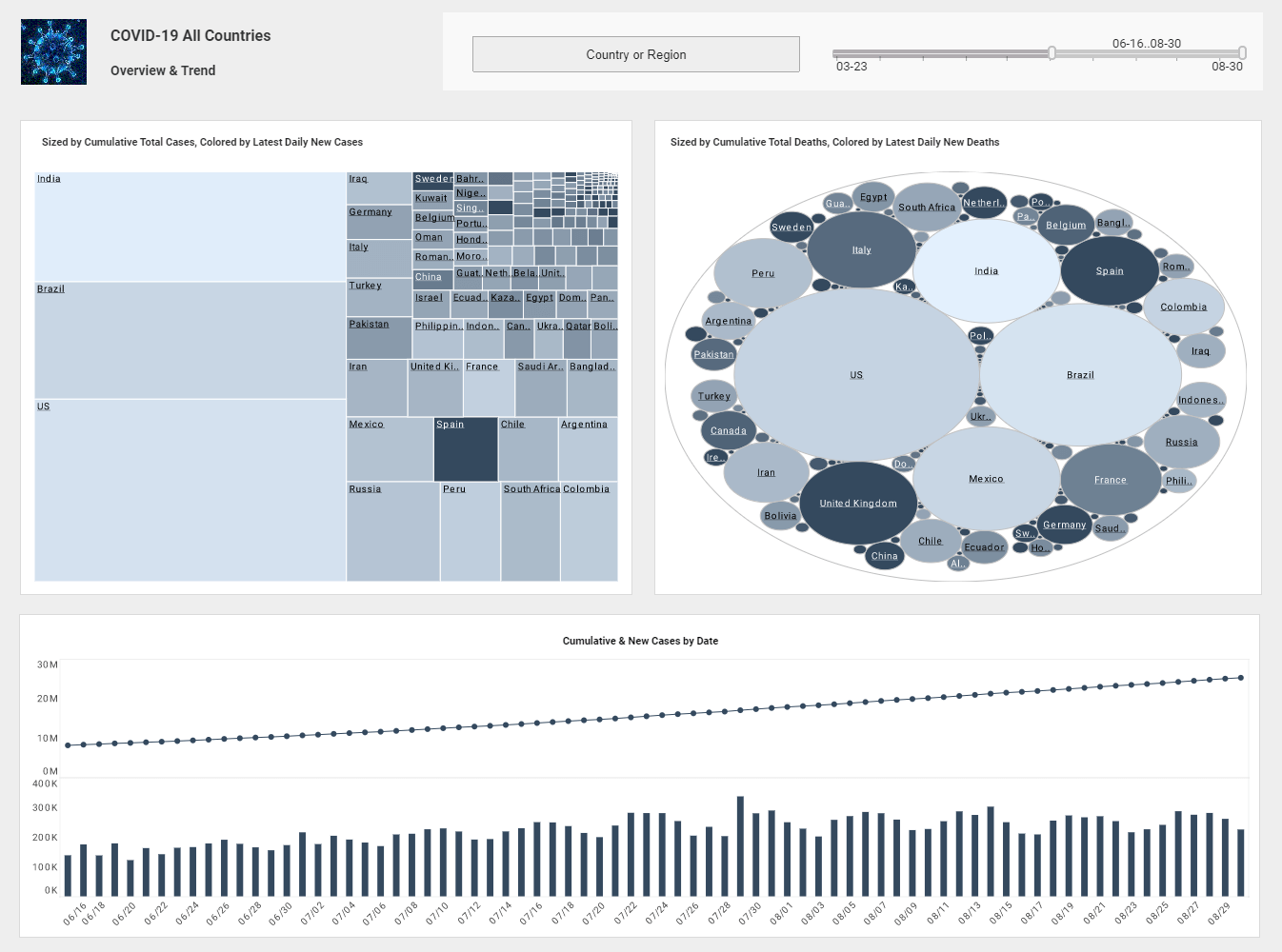BI Best Practices
Continuation of "Remaking Business Intelligence" by Customer Inter@action Solutions
Boris Evelson, principal analyst, Forrester, offers these best practices when considering and deploying BI:
- Place a broadly defined BI process, one that goes beyond dashboards to include analytics front and center of all CRM activities
- Insist that businesses, in partnership with IT own CRM data and metrics "If firms look at BI as just another technology and tool and relegate management of BI activities to IT department that is a sure recipe for disaster," he points out.
- Practice top-down CRM performance management (define strategy; define supporting goals and objectives, and identify metrics needed to monitor goals and objectives.
"Say a customer satisfaction goal is a churn rate that is no more than X percent per customers per month," explains Evelson. "When you agreed on those metrics and how those metrics support those goals and objectives then you can analyze the data sources to understand why that churn is occurring and amongst which customer segments."
"In CRM there is an interplay between strategic decision makers versus operations decision makers, i.e. 'I'm on the phone with customers, I need to make decisions right there on the spot' versus 'I need to analyze customers' buying patterns to optimize service to them, "says Evelson. "Yet the architecture and tools needed to support these strategic versus operational decisions are very different."
Business Intelligence and Predictive Analytics
Predictive analytics encompasses a variety of techniques from statistics and data mining that process current and historical data in order to make “predictions” about future events.
When looking at employing or refining BI take a close look at coupling predictive analytics solutions to it. By applying predictive analytics software to the data already harnessed through BI technology, organizations can uncover unexpected patterns and associations and develop models to guide front-line interactions with their most valued assets: customers, constituents or employees.
BI and performance management focus on what's happening now or happened in the past, explains Erick Brethenoux, vice president of corporate development at IBM SPSS.
Why these occurred, what is likely to happen next, and forecasting future trends is what predictive analytics delivers. It does so by analyzing, modeling and scoring demographic data (attributes) and transactional data (actions) from operational systems, as well as attitudinal data gathered through customer feedback and surveys. Predictive analytics provides specific, real-time recommendations on the most appropriate decision to make and/or action to take at that precise point in time.
IBM is coupling BI and predictive analytics into upcoming offerings through its acquisition last year of SPSS. While IBM's BI solutions enable organizations to understand performance and make better decisions, IBM SPSS predictive analytics software capitalizes on that insight, allowing organizations to anticipate change so that they can acquire, grow and retain customers, while mitigating fraud and reducing risk.
"The combination results in a distinct competitive advantage, allowing organizations to optimize all parts of their business," says Brethenoux.
| Previous: BI and Social Media |

